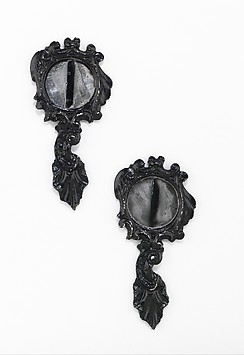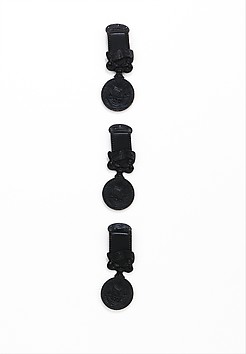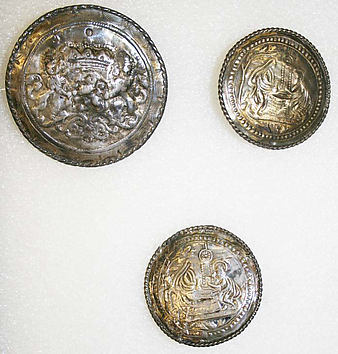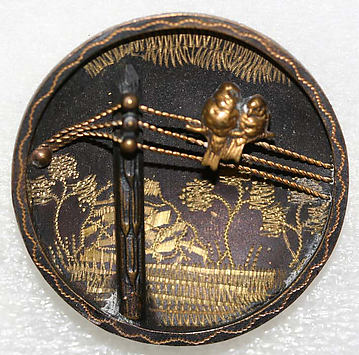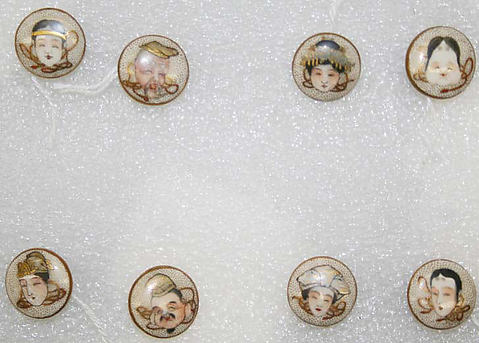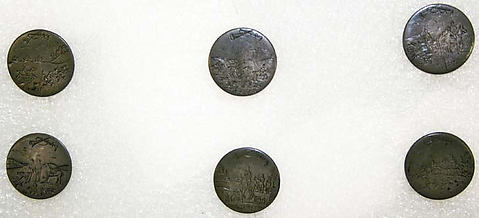For successive generations the Princes of Liechtenstein have been devoted collectors of art. The result of this tradition is a collection of masterpieces that in its depth and breadth mirrors more than four hundred years of European history and ranks among the world's greatest private collections. The paintings, sculpture, firearms, porcelain, and other works of art exhibited at The Metropolitan Museum of Art and richly illustrated and discussed in this book were acquired or commissioned by the Princes of the House of Liechtenstein to decorate their magnificent palaces, to display their status and wealth, to make know their distinction as great collectors, and to satisfy their princely sense of noblesse oblige. Of the many memorable masterpieces that make up the Princely Collections perhaps the most notable is the great cycle of eight canvases by Peter Paul Rubens—the history of Decius Mus, the Roman consul—the only complete ensemble of this type now in private hands. Other works by Rubens in the collection include the beguiling portrait of the artist's daughter Clara Serena and the Assumption of the Virgin, a monumental work of Rubens's maturity. The catalogue conveys the continuum of the Princes' collecting by means of a series of high points revolving around specific moments in the history of the House of Liechtenstein. The paintings by Marcantonio Franceschini that once decorated the Liechtenstein Garden Palace in Vienna, for example, evoke the splendor of the Princes' numerous residences throughout Austria, Moravia, Bohemia, and Silesia; the magnificent pietre dure tables call to mind the close ties that the Princes of Liechtenstein had with the court of Emperor Rudolf II in Prague; and a wealth of elaborately decorated firearms dating from the late sixteenth through the eighteenth century recalls the role of the Princes not only as aristocratic huntsmen but also as great military leaders in the service of the Holy Roman Empire. The Liechtensteins' unflagging sense of service to the Emperors and their courtly taste are well symbolized by the spectacular Golden Carriage, a Rococo masterpiece of French carriage building that served Prince Joseph Wenzel von Liechtenstein in his ceremonial entry into Paris as imperial ambassador in 1738. The superb and diverse panoply of works amassed by the Princes of the House of Liechtenstein not only represents the paradigm of a great European princely collection but also bears the distinction of being the private collection of the only surviving monarchy of the Holy Roman Empire, a princely house that traces its distinguished lineage back to the twelfth century. The exhibition of these esteemed works at The Metropolitan Museum of Art marks two modern highlights in the history of the Princely Collections, for never before have these works been on view in the New World, nor have the full depth and range of the Princely Collections been shown publicly to such advantage anywhere in the world for over thirty years.









